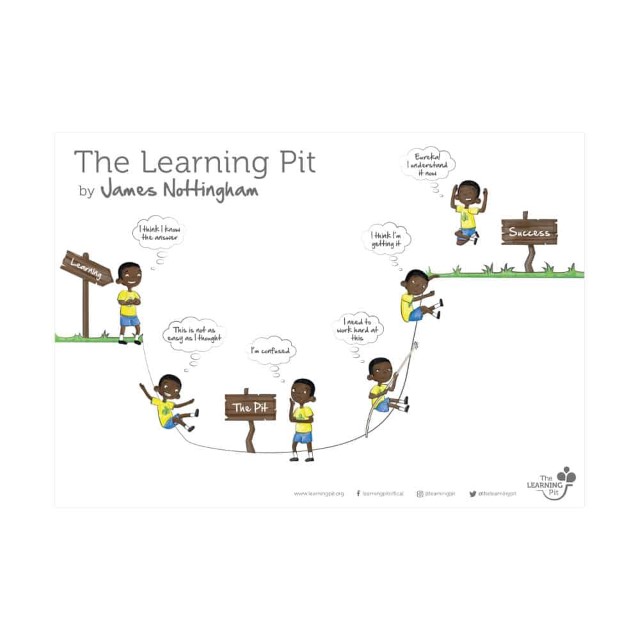University Scholarships for 2024
Scholarships generally fit into two categories – one based on your personal achievements, and one that helps people who may have been disadvantaged. There are also scholarships for special interest groups, such as for the children of veterans, or agricultural industry scholarships.
Crafting a personal statement for scholarship and university applications
If you’ve been looking for scholarships or preparing university applications, you might have been asked for something called a personal statement. But what exactly is it, and how can you make yours stand out? In this blog, we’re going to break it down step by step, giving you tips on crafting a personal statement that showcases your unique qualities and aspirations.
If you’re ready to apply, you should go to the university website to search their scholarship database: UniSC, QUT, GU, UQ, JCU, UniSQ, CQU, Bond.
Understanding the personal statement
Think of a personal statement as your chance to introduce yourself beyond numbers and grades – almost like your personal highlight reel, where you get to shine a light on who you are, what you’re passionate about, and why you’re a perfect fit for that scholarship or university program.
Top tips for crafting a great personal statement
Let’s dive into the nitty-gritty of crafting a standout personal statement. These five tips will guide you through the process and hopefully leave you feel more confident about your applications.
1. Be authentic
Your personal statement should be, well, personal! Don’t try to be someone you’re not or just write what you think people want to hear. Be true to yourself. Share your experiences, interests, and dreams in your own voice – this is your chance to let your personality shine through.
2. Tell your story
Your personal statement should be a mini-story about you. Start with a compelling opening that grabs the reader’s attention and take them on a journey through your experiences, challenges, and achievements. Show them how these moments have shaped you and led you to where you are now.
3. Highlight your achievements and goals
This is your time to brag a bit (but in a humble way, of course!). Talk about your accomplishments, both inside and outside the classroom. Whether it’s winning a debate competition, leading a community service project, or overcoming a difficult situation, let your achievements speak for themselves. Don’t forget to share your future goals and how this scholarship or program could help you achieve them.
4. Be specific and concise
Avoid being too vague or generic. Provide concrete examples and anecdotes to illustrate your points. Paint a vivid picture of who you are and why you’re a great fit. On the other hand, remember to keep it concise. Admissions officers can have a lot of statements to read and sometimes there are strict word limits, so you need to make every word count.
5. Edit, edit, edit
Once you’ve poured your heart onto the page, it’s time to polish it up. Check for spelling and grammar errors (and don’t just rely on Word to point them out for you). Read it aloud to make sure it flows smoothly. Have someone you trust, like a teacher or parent, read it and give feedback. A well-edited statement shows that you care about the details and are serious about your application.
Final thoughts and next steps
Crafting a standout personal statement might seem like a daunting task, but with these tips, you’re well on your way. Take every opportunity, whether successful or not, as a chance to learn and grow. Even if you apply but aren’t accepted, you might receive some feedback that can make your next application even better.
Mrs Veronica Sanmarco, Head of Career Development















 Sharing a common mission and ministry with Pacific Lutheran College
Sharing a common mission and ministry with Pacific Lutheran College